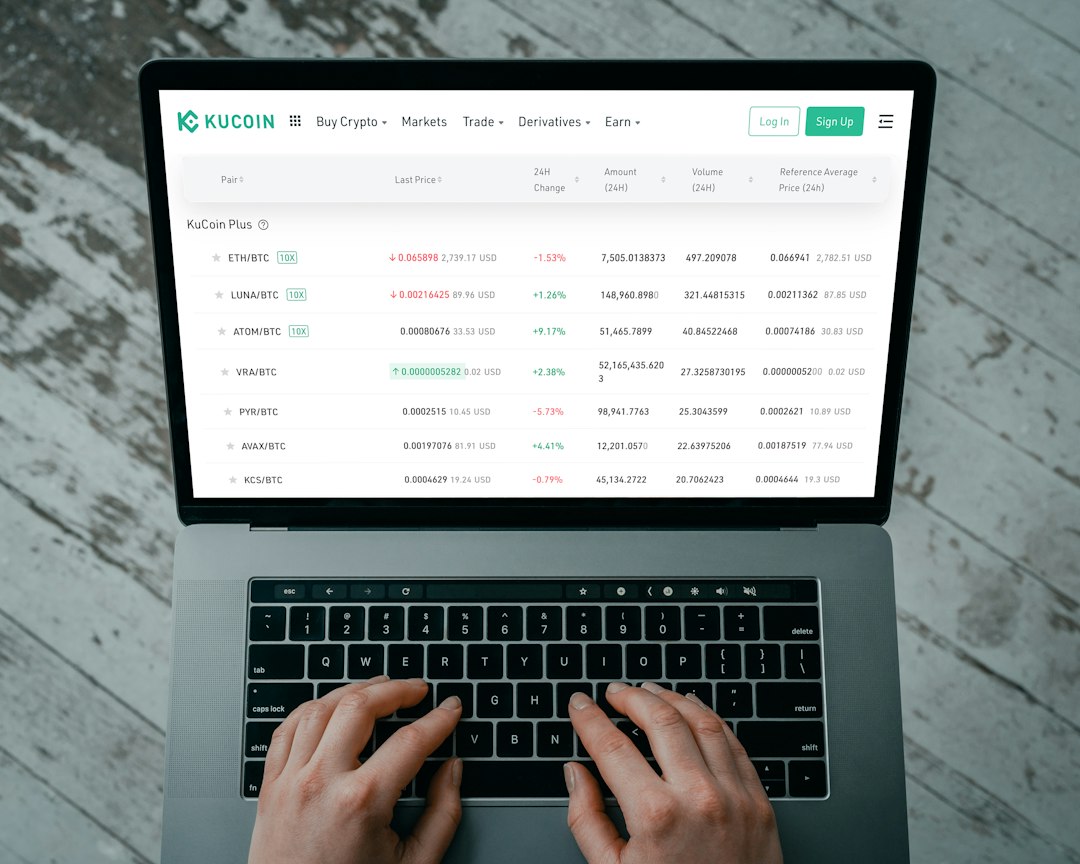Coinbase Raises Concerns Over Mining Pool’s Control of Zcash Network
Coinbase’s security team has raised an alarm in the crypto community after observing that ViaBTC, a single mining pool, controls nearly 54% of the Zcash Network hash rate. This imbalance in the network’s hashrate distribution poses a risk of a 51% attack, where a single entity has control over more than half of the computational power on the blockchain network. Coinbase has taken preventive measures to mitigate this risk, including increasing Zcash’s confirmation requirements and moving its markets into a limit-only state. The Electric Coin Company (ECC), the entity behind Zcash, is aware of the issue and has begun discussions with Coinbase and other stakeholders.
ECC Responds and Proposes Solutions
The ECC has responded to Coinbase’s actions and acknowledged the lack of finality in current Proof-of-Work blockchains. It is advocating for its Trailing Finality Layer (TFL) proposal to introduce finality to Zcash. Additionally, ECC is exploring the possibility of transitioning Zcash from Proof-of-Work to Proof-of-Stake, similar to Ethereum’s successful transition in 2022. The TFL hybrid PoW-PoS approach is being considered as a temporary solution until a full transition to Proof-of-Stake can be completed.
Implications and Future Steps
Coinbase hopes for decentralized Zcash mining but believes its preventive measures are sufficient to protect its users. While ViaBTC’s control over Zcash does increase the risk of a 51% attack, experts note that a mining pool consists of individual miners who can easily move to other pools. Nevertheless, this situation has reignited discussions about vulnerabilities associated with Proof-of-Work blockchains and prompted stakeholders to consider transitioning to Proof-of-Stake systems. Coinbase will continue to monitor the situation and adjust risk mitigation measures as necessary.
Hot Take: The Need for Decentralization in Cryptocurrencies
The recent revelation of ViaBTC’s control over the Zcash Network hash rate highlights the importance of decentralization in cryptocurrencies. A single entity having majority control over a blockchain network poses significant risks, such as double-spending attacks and transaction censorship. This incident serves as a reminder that crypto networks should strive for a more distributed distribution of computational power to ensure security and protect user funds. The proposed solutions, such as the Trailing Finality Layer and transitioning to Proof-of-Stake, offer potential avenues for achieving greater decentralization and reducing the vulnerability of cryptocurrencies to centralization risks.





 By
By
 By
By
 By
By
 By
By

 By
By